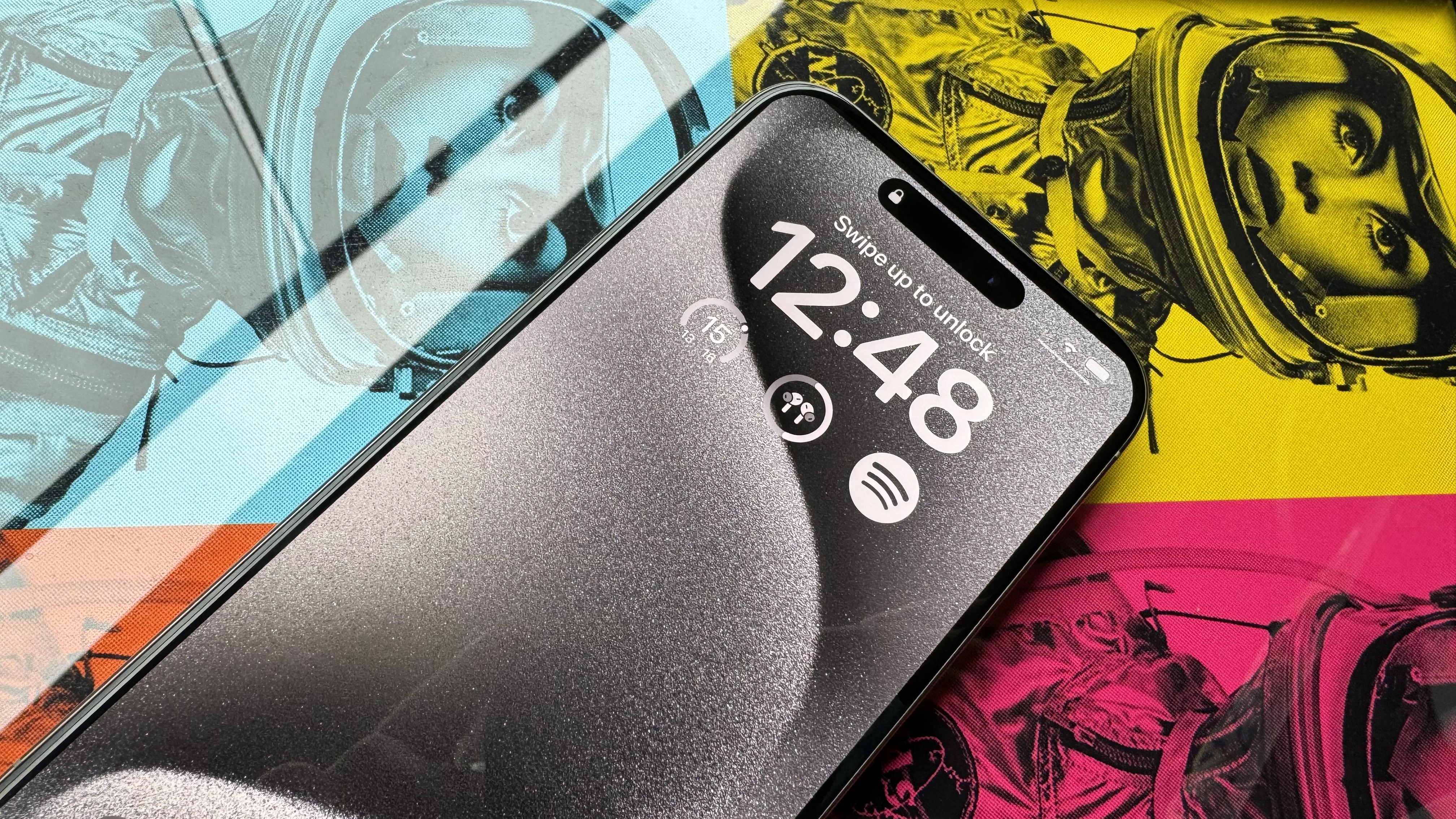
It looks like all the Android converts are starting to dry up — at least, according to a new report from the CIRP.
The report says that in 2023 Android users converting over to iPhone dropped by 2 percent, after a bumper year in 2023. The stats themselves are a lot more interesting, however, showing that while it's slowed over the last year, it's still higher than it has been before.
Interesting stats for interesting reading
In 2023, 13 percent of iPhone buyers had come over from Android. That buyers bit is crucial — that's people that used to have an Android phone buying a new iPhone to join the iOS family. In 2022, 15 percent of buyers were moving over from Android, a big year for Apple's customer conversion — something the company has, again, according to the report, been looking to achieve.
When these stats are looked at over the course of the last few years, however, a kind of pattern arises. In 2019, iPhone converters accounted for 13 percent of iPhone purchasers. That went down to 11 percent over the years 2020 and 2021, rising substantially in 2022. In actuality, while there has been a drop since 2022, 2023's Android runaways sit in the middle of the stats as what could be called a 'solid year' for iPhone conversion.
The range of buyers converting over the 5 years in the CIRP's report is 11-15 percent, with 13 percent sitting directly in the middle. It's not a raise like Apple might have been hoping for, but it's not a precipitous drop to 2020 or 2021 levels.
Why might Android users be moving over?
Apple has made it as easy as possible to switch from Android to iPhone, with apps that make bringing your photos, videos, and other data. Apps are, of course, a different story, but Apple is hoping that some other factors will bring users over.
In another report from the CIRP, we can see the reasons that Android users gave for moving over — and it is another interesting read. The report gives us a list:
- "prior phone problems: their old phone did not serve them, because it was aging, needed repair, or had some deficiency that affected their user experience
- new phone features: they wanted more and different ways to use their smartphone, like a better camera, enhanced accessory options, or a more intuitive user interface
- cost: they could spend less on a new iPhone than they expected or than on a comparable Android smartphone
- community connecting: they wanted a smartphone that integrates with family and friends, including using iMessage and FaceTime on iOS"
Some users simply said that they "wanted something new" — a reasonable reason to move. It's that last reason that's really interesting, however. As more and more people buy iPhones, users want to be able to join them with iMessage, FaceTime, and other iOS-exclusive platforms.
That cost point is another interesting one — iPhones are always considered to be the expensive option, so as iPhone deals become more prevalent, more people can pick one up, converting from their old Android handset.
Whatever the reason, there are still people moving over to the iPhone from Android, and perhaps the iPhone 16 this year will tempt even more to the land of iOS and iPhone.






